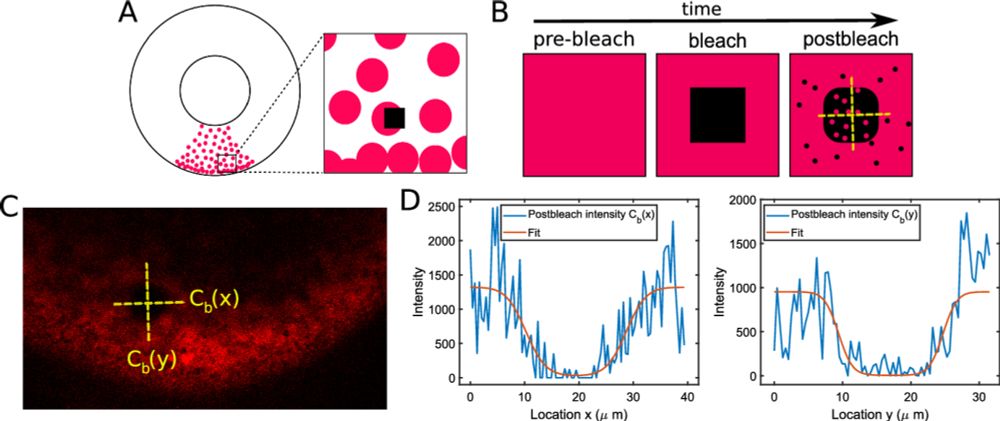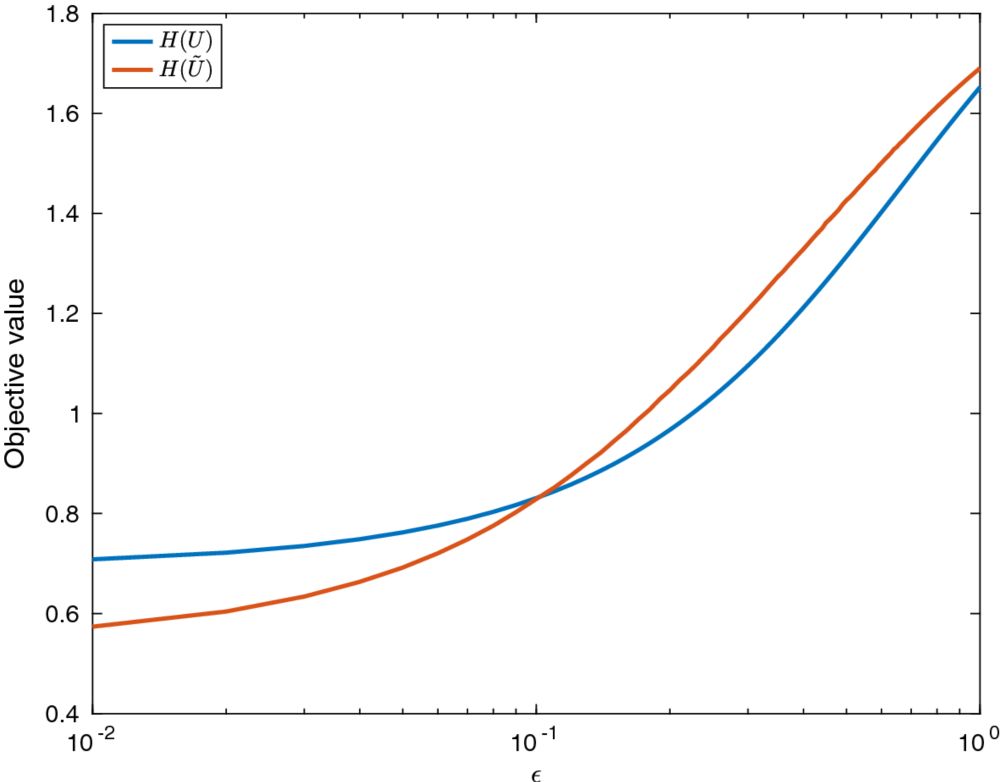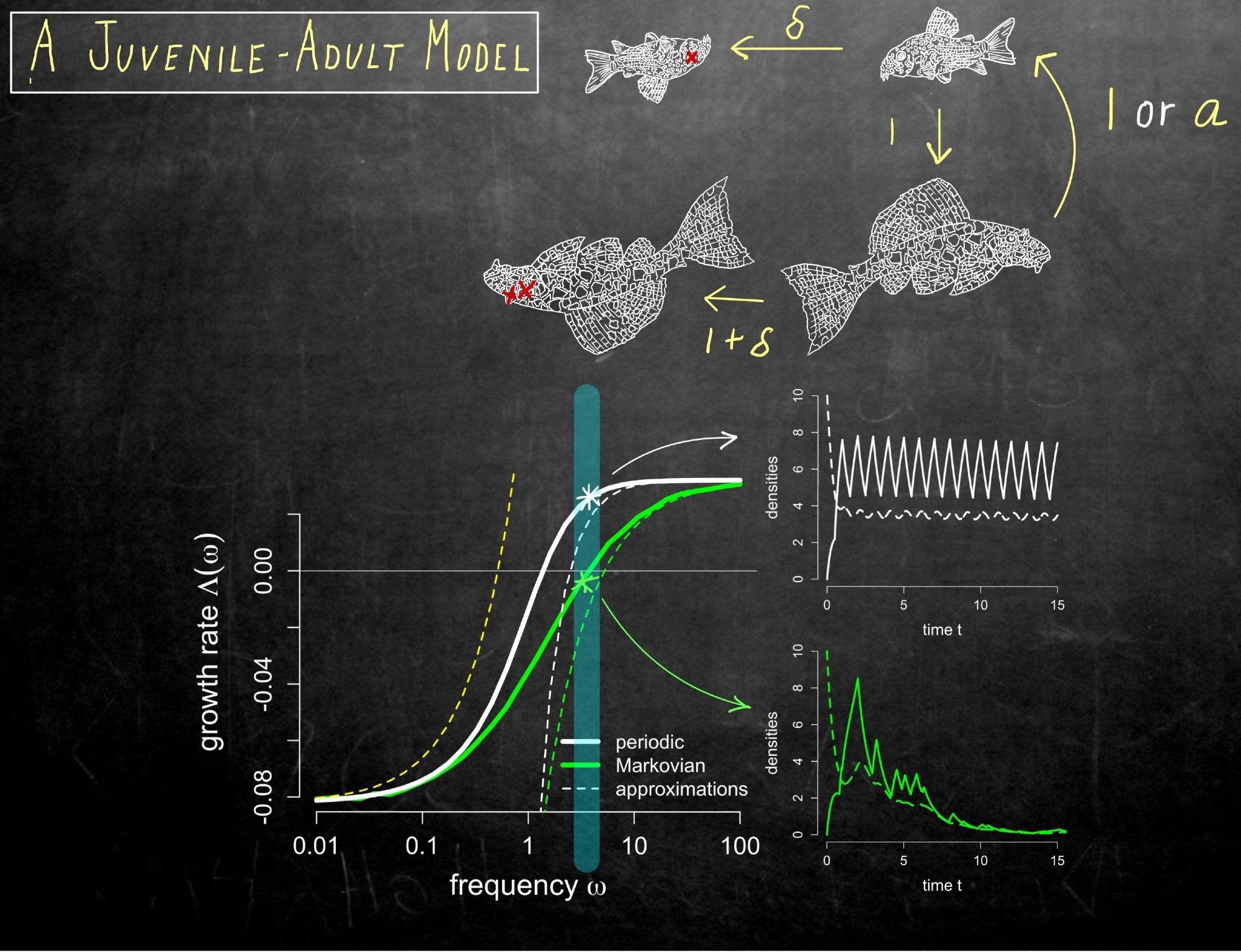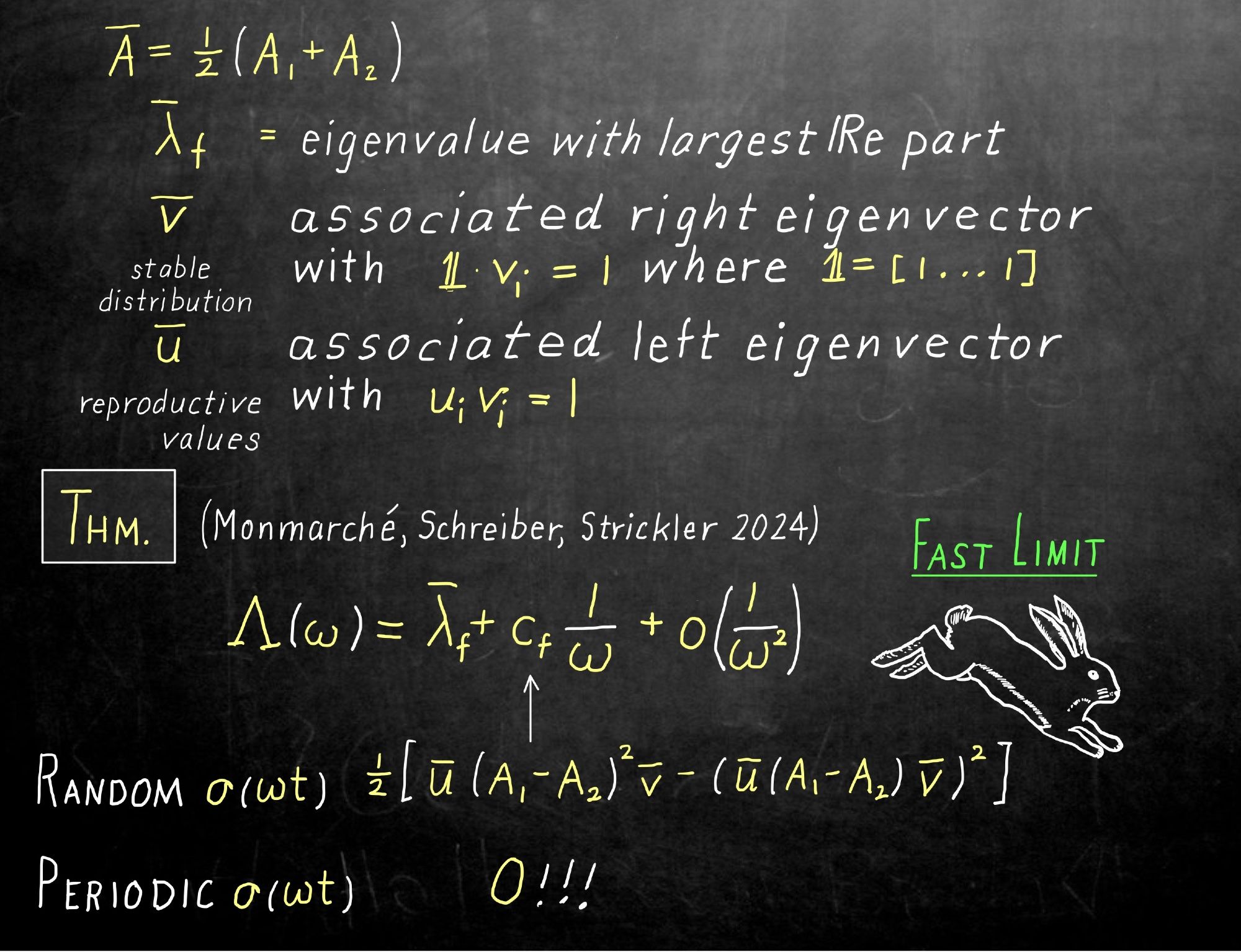
The Best Publication Prize was awarded to Veronica Ciocanel, Lee Ding, Lucas Mastromatteo, Sarah Reichheld, Sarah Cabral, Kimberly Mowry and Björn Sandstede for their paper "Parameter Identifiability in PDE Models of Fluorescence Recovery After Photobleaching". link.springer.com/article/10.1...

Identifying unique parameters for mathematical models describing biological data can be challenging and often impossible. Parameter identifiability for partial differential equations models in cell bi...
The Prize for Best Student Publication was awarded to Matthew Penn and Christl Donnelly for their paper on "Asymptotic Analysis of Optimal Vaccination Policies". link.springer.com/article/10.1...

Targeted vaccination policies can have a significant impact on the number of infections and deaths in an epidemic. However, optimising such policies is complicated, and the resultant solution may be d...
The editorial also announced the most recent winners of the Lee A. Segel Prizes for the Best Paper and Best Student Paper in #BulletinMathBiosmb.org/Lee-A.Segel-...
We applied this formulas to some examples to illustrate their implications. Notably, for spatially structured models with symmetric dispersal matrices , the approximations suggest that long-term growth rates are always maximized in the slow limit. Check out the preprint for other implications. 6/6


In the fast limit (w XXL), things are more delicate and the first-order approximations for random and periodic are not the same. E.g., in the case of 2 environments, first order correction term is zero (!!) for periodic but generally non-zero for random. Hence, we derived a 2nd order approx. 5/n


We find analytical first-order and second-order formulas for r(w) in the slow (w XXS) and fast (w XXL) limits. In the slow limit, the first order approximations for random and periodic agree when comparisons make sense e.g. two environmental states shown below 4/n

We are interested in how the tempo (w) and mode (periodic versus random) influence long-term population growth as characterized by the dominant Lyapunov exponent r(w) of the system 3/n


The models are x'(t)=A(s(wt))x(t) where s is a piecewise constant periodic or random function taking on a finite # of values (environmental states) and w (omega) is the frequency of the fluctuations, and A(s) are Metlzer matrices i.e. matrices with non-negative off-diagonals 2/n

Thanks! :D

